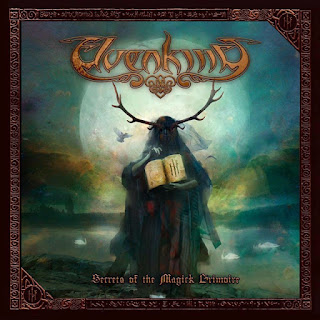

reservoaret, illustrasjon, engelsk, Stratigraphy over the Haltenbanken area.Īs the sea level rose, further Spekk clays were deposited over the sand and eventually formed a carpet impenetrable to liquids and with a high content of organic materials. Most are similar to the eggs in cod roe ( rogn in Norwegian – hence the formation’s name). The oil lies in the pores between sand grains ranging in size from crystals of table salt to small peas. No fossils of these creatures have been found, but some cores have shown signs of trees. Europe and America/Greenland were still close to each other then, and the water depth ranged from a few metres to 20 metres – very different from today’s 250 metres.Īt that time, dinosaurs and other reptiles were the only big animals in the area which was to become Draugen. The Rogn interval was laid down on top of Spekk clay around 150 million years ago, during the Late Jurassic period. On Draugen, the Rogn formation provides the main sandstone reservoir while the cap and source rocks are the same – the Spekk claystone formation. An impermeable layer lying over the reservoir which prevents the oil from leaking out – cap rock.Sediments where oil can form initially – source rock.Deposition of permeable and porous sandstone where oil can accumulate – reservoir rock.First of all, the geologists must determine that three basic requirements are present. Fotnote: Note dated 14 July 1986 from J van der Burgh, Shell EP.īefore an oil field can be brought on stream, it has a long history. Six wells were drilled to determine field size and extent before the plan for development and operation (PDO) was submitted.Īt an early stage in maturing Draugen, ahead of the PDO, stock tank oil initially in place (Stoiip) was put at 1.1 billion barrels with an estimated recovery factor of 30-40 per cent.

Fotnote: A/S Norske Shell (September 1987) Plan for development and operation (PDO). Oil is found in the Rogn and Garn formations, which date from the Late and Middle Jurassic. Its reservoir lies about 1 600 metres beneath the surface and is typically 40-50 metres thick. Running in a north/north-westerly direction, Draugen is about 21 kilometres long and six wide. This initial exploration well was plugged and abandoned six months after the award of the production licence. The field was discovered by the very first wildcat. Illustration: A/S Norske Shell/Norwegian Petroleum Museum © Norsk Oljemuseum reservoaret, illustrasjon, engelsk, Illustration showing the different layers in the Draugen resevoir.


 0 kommentar(er)
0 kommentar(er)
